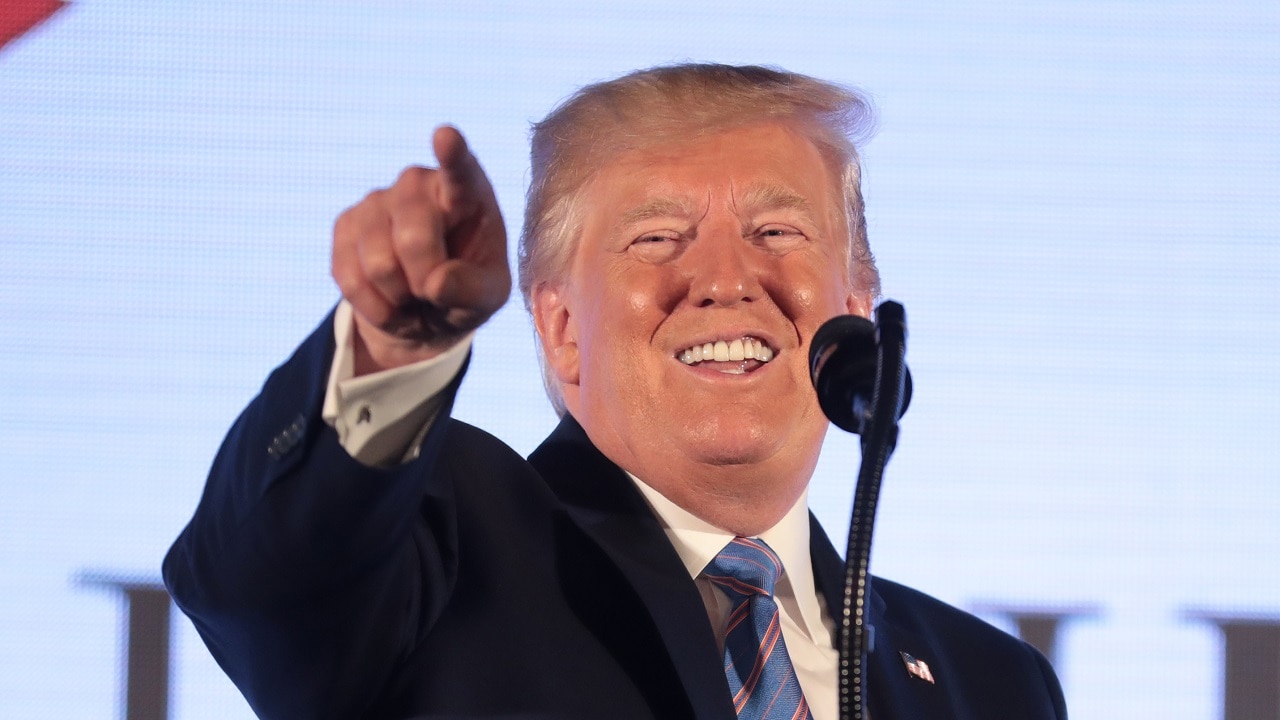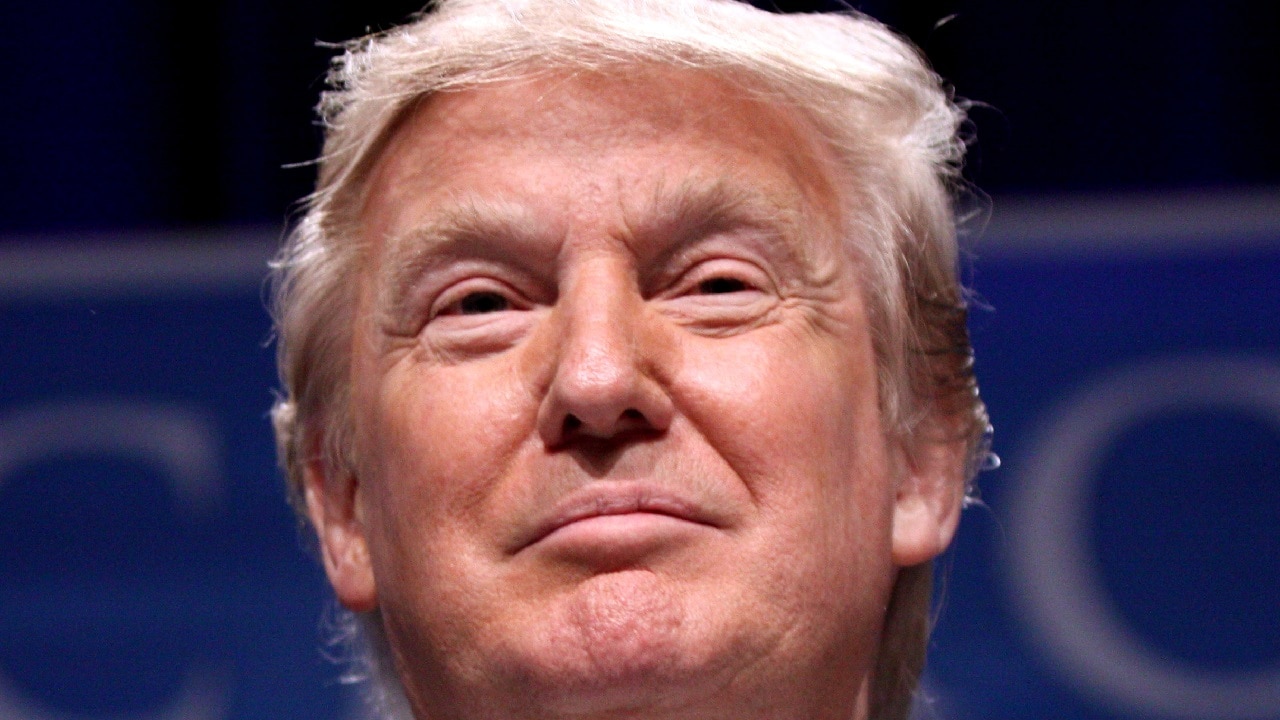Solar panels have a long history of acting as an American political talisman. President Jimmy Carter installed solar panels in the White House in 1979, while his successor, Ronald Reagan, took them down in 1986. George W. Bush installed solar thermal heaters, but not full panels, in 2003, although Barack Obama re-installed full-on solar panels in 2013. Those panels, which remain there to this day, were used to provide power to the White House residence.
Also, during the Obama Administration, the Clean Energy Savings for All Americans Initiative was launched in July of 2016. It was a multi-agency effort to increase access to solar energy and to “promote energy efficiency across the United States,” especially in lower-income areas.
Obama also issued several executive actions and backed solar-energy companies in the American Recovery and Reinvestment Act in 2009. The failure of one, Solyndra, became a political headache, although some of the other investments were more successful.
A History of Solar Credits
According to Solar Reviews, the history of solar tax credits is somewhat complicated, with the credit’s name changing many times as political winds have shifted and technology has improved over time.
The Residential Energy Credit was passed by the Carter Administration in 1978, while the Residential Energy Efficient Property Credit dates back to the George W. Bush Administration in 2005. The latter piece of legislation was extended and amended in the years since their original passage.
Then, in 2022, the Biden Administration’s Inflation Reduction Act both expanded the tax credit through 2032 and increased it to 30 percent.
The credit is now called the Residential Clean Energy Credit, and it can be applied to up to 30 percent of the cost of “new, qualified clean energy property.” It applies not only to panels but also to solar water heaters, wind turbines, fuel cells and other technologies.
Per IRS data, the solar tax credit was claimed on over 750,000 tax returns in 2023.
Solar Tax Credit: What Now?
Donald Trump famously hates wind turbines, which are one of the technologies included in the credit, although he did once declare himself “a big fan of solar” in a presidential debate.
However, in one of his Day One executive orders on Unleashing American Energy, Trump ordered a pause on “the disbursement of funds appropriated through the Inflation Reduction Act of 2022.”
A judge has ordered that unfrozen, but the question is far from settled.
The order did not specifically mention solar energy, and per EnergySage, those who have installed solar panels should still be able to claim the credit on this year’s taxes, although Trump’s cuts to the IRS may lead to delays in the processing of returns.
There are reasons to think that the situation with solar is not going along the same culture war lines as in the days of Carter and Reagan. A trade group for the industry, the Solar Energy Industries Association, on its website includes the phrase “American Energy Dominance,” adopting some Trump-style language, as opposed to emphasizing green energy.
NPR reported in January that many Americans were rushing to install solar panels before Trump’s inauguration as president. The Guardian, meanwhile, reported that solar power has become increasingly popular in red states. So there’s a chance Trump may determine that he should keep the solar credits going.
One Possible Wrinkle
There’s one other factor to keep in mind when it comes to the Trump Administration’s approach to solar: Elon Musk, the man who is appearing to run large swathes of the executive branch, is in the solar energy business.
Tesla acquired SolarCity, a company founded by Musk’s cousins, in 2016, and more recently, Musk has expressed his interest in a project to “cover the desert with solar panels.”

By Gage Skidmore: President of the United States Donald Trump speaking with attendees at the 2019 Teen Student Action Summit hosted by Turning Point USA at the Marriott Marquis in Washington, D.C.
Musk’s involvement with the federal government has led to glaring conflicts of interest with his companies. However, it’s worth noting that Musk’s status as CEO and leading shareholder of Tesla did not prevent Trump from overturning electric vehicle mandates in that same executive order.
About the Author: Stephen Silver
Stephen Silver is an award-winning journalist, essayist and film critic, and contributor to the Philadelphia Inquirer, the Jewish Telegraphic Agency, Broad Street Review and Splice Today. The co-founder of the Philadelphia Film Critics Circle, Stephen lives in suburban Philadelphia with his wife and two sons. For over a decade, Stephen has authored thousands of articles that focus on politics, technology, and the economy. Follow him on X (formerly Twitter) at @StephenSilver, and subscribe to his Substack newsletter.

